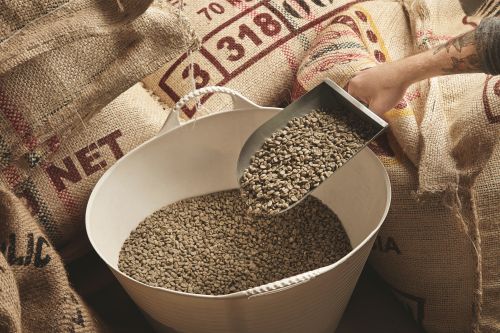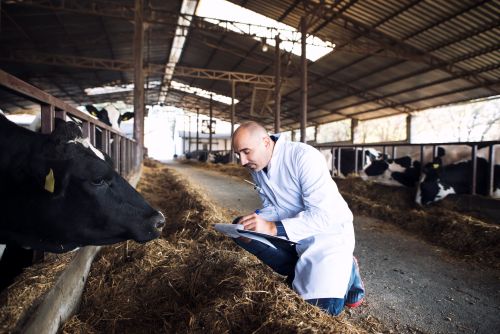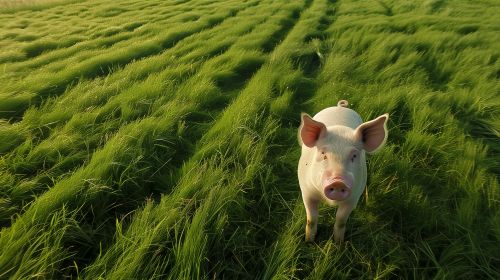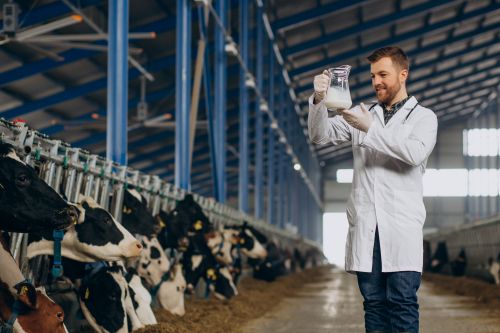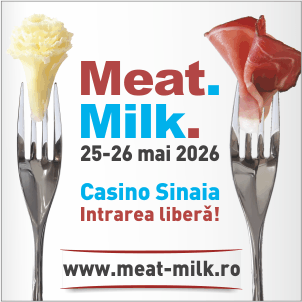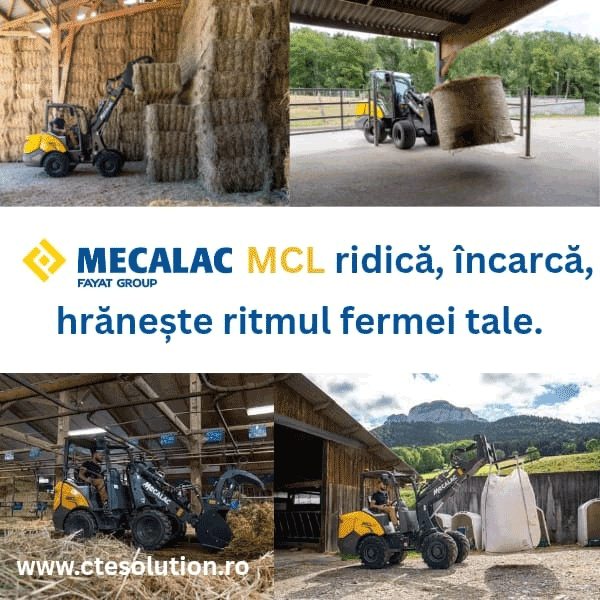570
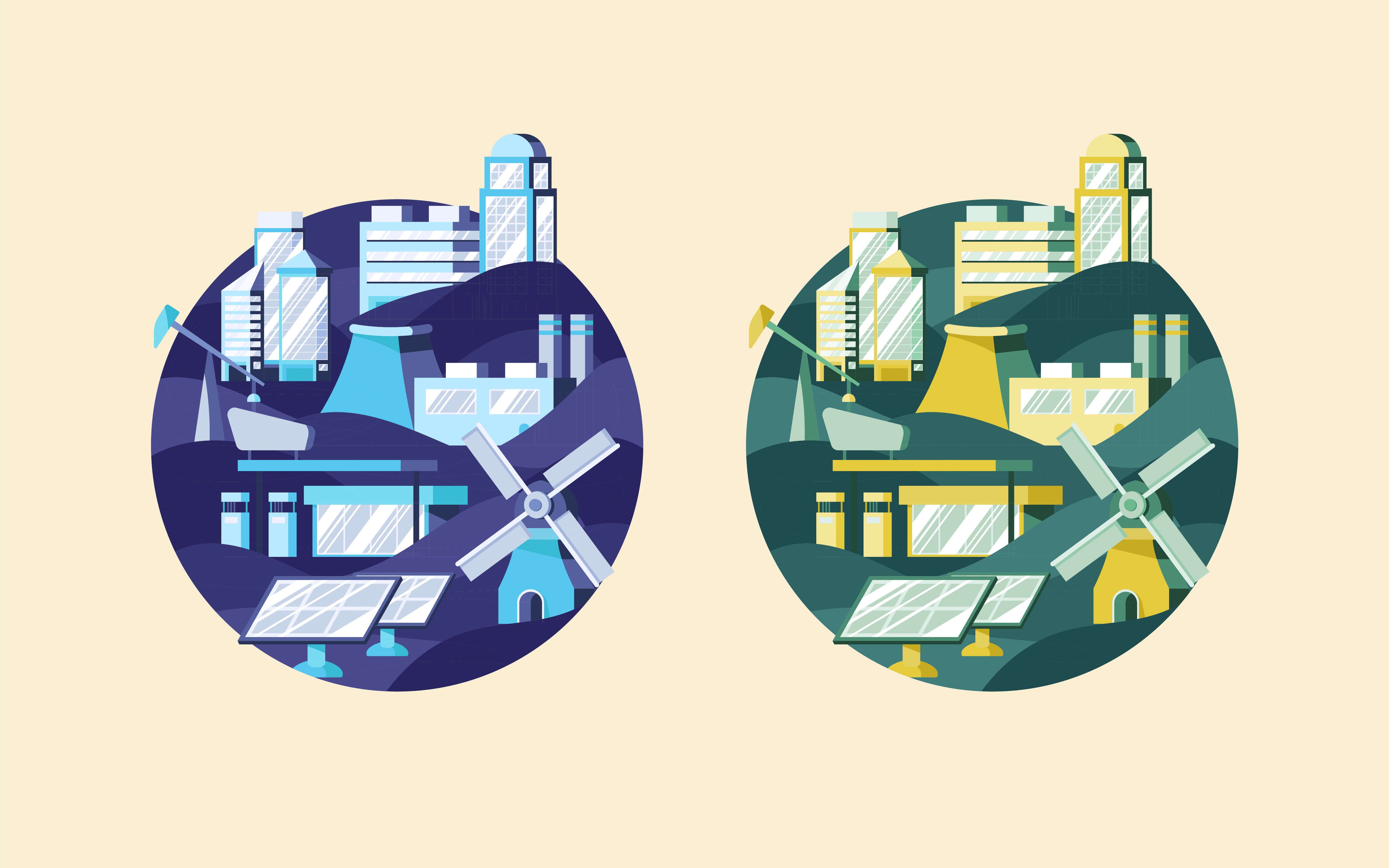
Food Production: Industrial vs. Artisanal – A Converging Future
Food production is divided into two major categories: artisanal and industrial, each with distinct technological, economic, and market characteristics. According to Eurostat (2023), in the European Union, industrial production accounts for over 85% of the total volume of processed food, while the artisanal segment, though smaller, is growing annually by 6–8%.
Industrial production relies on automated lines with high output, capable of processing thousands of units per hour. The advantages are clear: lower unit costs, strict product standardization, and high export capacity. However, this model requires large initial investments and involves high energy consumption.
In contrast, artisanal production emphasizes perceived quality, traditional recipes, and small batches. According to a 2022 study by the European Institute of Traditional Food, consumers perceive artisanal products as healthier and more authentic, even though their prices are on average 25–40% higher than those of industrial products.
From a technological standpoint, artisanal production uses semi-automated equipment, and quality control is often done manually. This limits scalability but allows for flexibility in recipes and product variations.
Both models play an important role in the food economy. However, the current trend is one of convergence: industrial producers are introducing premium product lines with artisanal features, while small-scale artisanal producers are adopting modern technologies to improve productivity.
(Photo: Freepik)
